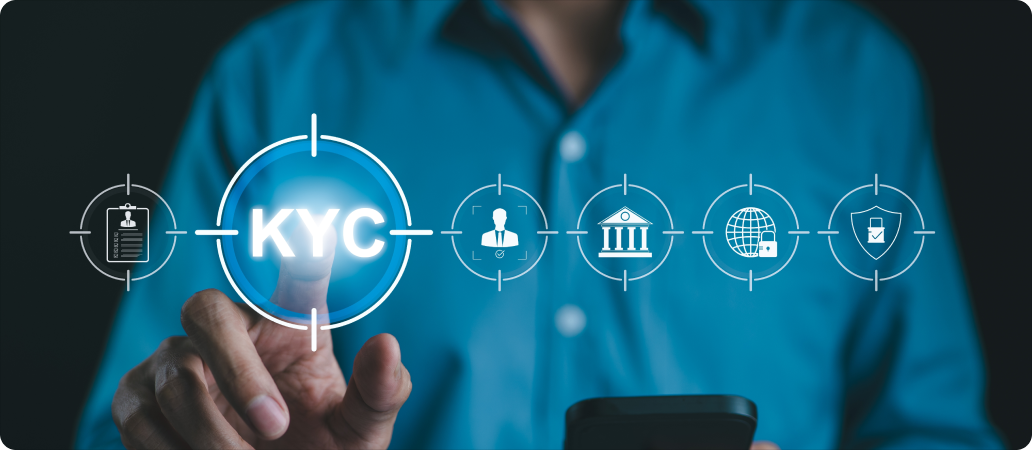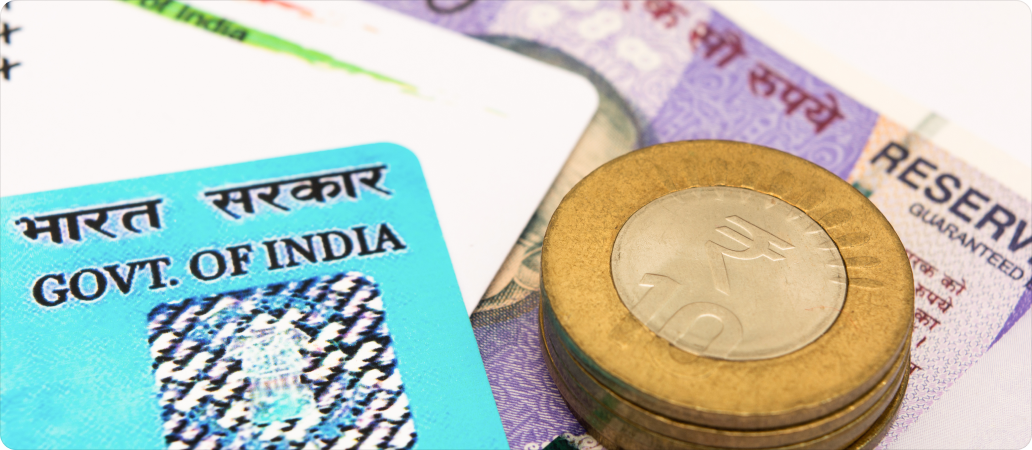What is KYC?
In the modern era KYC is an essential element of verification that is used by financial institutions like NBFCs and other online lenders as well. In the financial environment KYC is very important as it helps to open a bank account and get access to other significant financial parks and services.
Meaning
The full form of KYC is Know Your Customer. It is a very significant process to ensure banks identify and verify the identities of the clients during opening of an account and afterwards periodic process. It ensures the data shared by customers. While adhering to minimum KYC requirements for opening an account and maintaining a business relationship the customer needs to meet certain requirements for avoiding account termination.
Types of KYC
There are different types of KYC optimized which include
Paper-based KYC: This is the primary method that involves physical visits for the submission of self-attested copies of both identity and address proofs at the financial institution.
Aadhaar-relevant e-KYC: This involves remote verification by optimising UIDAI data, where Aadhaar OTP or biometric verification will be applied for confirmation of identity through online platforms.
Digital KYC: The modern authentication process involves geo-tagged real time images and officially valid documents that need to be submitted online and cross verified against those geo-tagged documents. Therefore, the status of KYC can be checked later online as well.
Video KYC: A digital paperless authentication process by optimising an assisted or unassisted video with manual review and verification is done by an agent.
Importance of KYC
With the proper understanding of the KYC in the banking environment the importance to the banking system needs to be considered properly. KYC has immense importance in the banking sector as it acts as a milestone for maintaining integrity and security in financial aspects.
Prevention of fraudulent activities:
It acts as a strict protection against financial criminal activities like money laundering and other fraudulent incidents by ensuring precise verification of customers.
Security enhancement
These strategic regular procedures of KYC improve the security of banking transactions by building conference among customers and all the legal authorities.
Regulatory compliances:
Fulfilling requirements of KYC is not only an effective mechanism but it is a legal protocol. Banks maintain global standards and country-based regulations so that they can fight against financial crimes efficiently.
Trust development:
KYC develops trust between the customers and banks that assure clients that there financial institution is highly indulged in securing their interest and maintaining a safeguarded financial ecosystem.
Risk mitigation:
With a thorough understanding of the identification and legal information of the customers, banks can examine and minimize the associated risk with potential financial fraudulent activities, identity theft and other illegal activities
Ensuring responsibility:
This procedure holds customers responsible for their financial transactions and promotes transparency and ethical balance in banking.
Components of KYC
- The KYC methodology has important components that are tailored to ensure safeguarded and validated transactions.
- Identity verification is a primary step that involves careful supervision to verify the identity of the customers by applying all kinds of relevant documents and data to confirm their authenticity.
- Customer due diligence is a comprehensive analysis that is far beyond basic identification and focuses on the background of the customers.
- The proclamation of automatic monitoring involves continuous vigilance which is maintained in real-time transactions.
Step-by-Step Process of Online KYC Verification
The chronological process of online e-KYC verification involves ensuring accuracy and security as well.
1. The customer needs to opt for the KYC method like other basic e-KYC or the video e-KYC option.
2. The Submission of Necessary submission of necessary documents is followed as a next step where customers provide essential paperwork as per requirement.
3. With a complete authentication process the customer enables the closure of KYC online verification. This can involve multiple options like OTP to the registered mobile number of the customer, whether biometric data or recording verification video.
4. The last step involves a manual examination conducted by the agents of KYC so that it can ensure authenticity and compliance.
Step-by-Step Process of Offline KYC Verification
For offline verification, although it is time-consuming it assures authenticity for many customers.
1. The primary task of this KYC process continuation is to visit the nearest branch with original and photocopies of all the identification documents.
2. The bank will provide a KYC form that needs to be fulfilled by the customer with accurate information and submit this with all necessary documents.
3. After bank certification, customers will receive an acknowledgement receipt to finally confirm all documents and data in the form are correct. This justified the successful completion of KYC verification.
Conclusion
Therefore, this can be denoted that KYC protects against financial fraudulent activities and improves the integrity of financial institution transactions. It is only important for bank customers to maintain authenticity.



